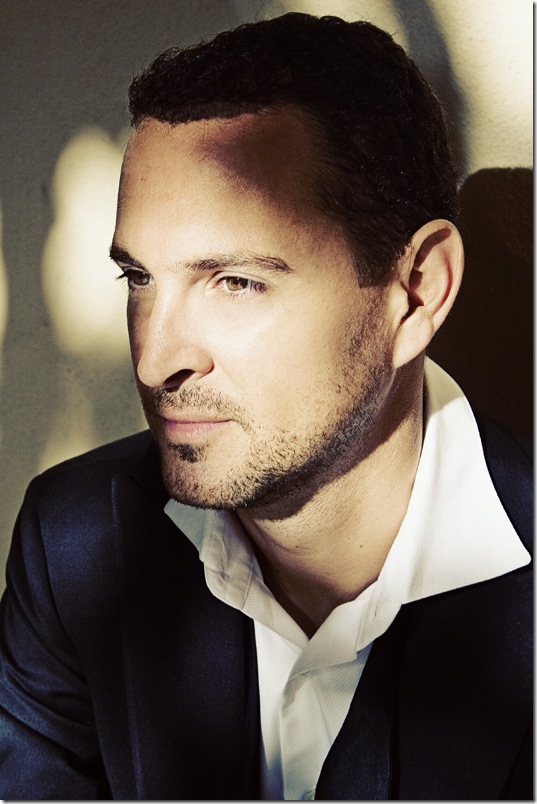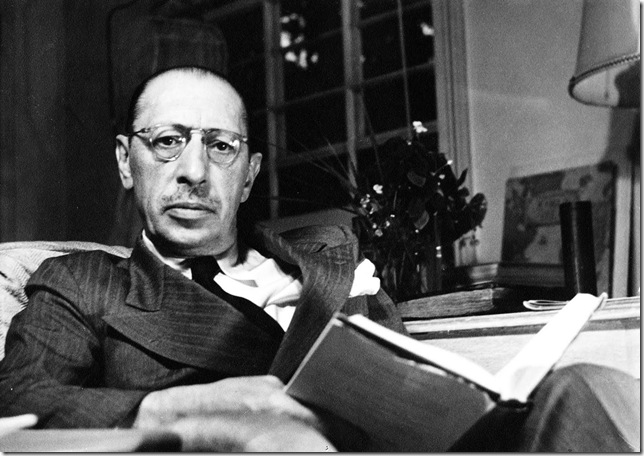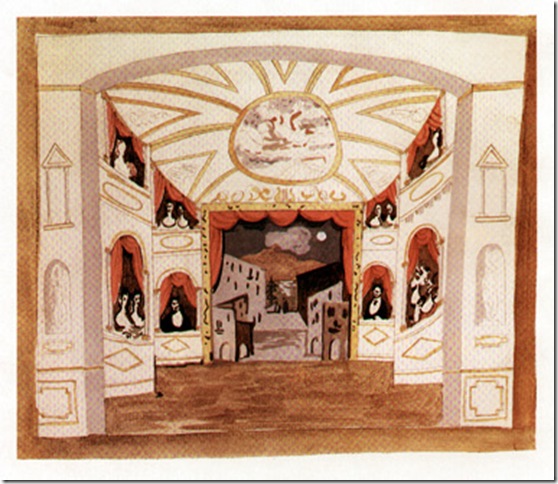Time was, in the late 1950s, that a charismatic conductor could start a TV series in which he introduced young people to the world of classical music, and build himself a legend as well as permanently influence the lives of millions of those youths.
But Leonard Bernstein is no longer with us, and neither is the middlebrow consensus that led to the televising of the Young People’s Concerts. Nor is technology as limited as it was then, and the result is that classical music organizations that want to do outreach have to try something new.
“If you really look at symphonic orchestras across the nation, or even youth orchestras … they basically have to take up the mantle of arts education now because it simply doesn’t exist anymore in the school system,” said Daniel Alfred Wachs, a pianist and conductor who directs the Orange County Youth Symphony Orchestra in Southern California. “We’re serving a dual purpose here. We’re serving our own self-interest, so that hopefully we’ll have an audience in 50 years, but more importantly, we’re serving the educational and artistic needs of children.”
Wachs, a professor at Chapman University, will lead the Palm Beach Symphony on Thursday morning in a youth program at the Eissey Campus Theatre in Palm Beach Gardens. The 45-minute program will be built around Pulcinella, Igor Stravinsky’s ballet from 1919, which was based on 18th-century Italian music and has become one of the composer’s most popular scores.
The program, which will also feature five dancers from the Dreyfoos School of the Arts, will introduce its audience of fourth- and fifth-graders to the instruments of the orchestra, the role of the concertmaster and conductor, and not incidentally to the lineaments of Stravinsky’s neoclassical style.
It’s no accident that the orchestra is not going with Mozart or Beethoven.
“I would be very wary of doing a program of Mozart or Beethoven for fourth- or fifth-graders. That’s the conventional wisdom – oh, they’ll appreciate Mozart and Beethoven – I actually think that’s dead wrong,” he said.
It makes more sense to present 20th– and 21st-century music to today’s young people, he said, because they can relate to it better.
“That’s not to say that if they hear Beethoven’s Fifth Symphony, they’re not going to react, and really get into it. They will,” Wachs said, but it’s also harder to present in a 45-minute program, and one that uses a chamber-sized orchestra of 27 players rather than a full orchestral complement.
“At the same time, what makes Stravinsky and these other guys so interesting? Well, kids are always drawn by rhythm … and anything kids hear these days is pop-driven or rhythm-driven. Stravinsky and John Adams and Mason Bates … these kinds of things, kids are going to relate to it more; it’s cool, it’s interesting,” he said.
The program, which will be presented at 10:15 a.m. to an audience of 575 schoolchildren from nine county public schools, will also mark the debut of the orchestra’s Musical Education Outreach Society, said Palm Beach Symphony Executive Director Michael Finn.
The society has a corporate partner already in Publix Super Markets, and Finn said the program booklet will contain a fundraising appeal.
“I’m making a very obvious printed plea for people to give money, if they want to, just for this initiative, and that’s the only way we’ll use that money,” Finn said.
Thursday’s concert has been funded by a variety of donors, including Paul and Sara Goldner of Jupiter, funders of the Conservatory of Performing Arts at the Maltz Jupiter Theatre.
Finn said he hopes to get enough funding to sponsor another youth concert in March featuring Saint-Saëns’ Carnival of the Animals, but would like in the future to present large-ensemble works such as Benjamin Britten’s Young Person’s Guide to the Orchestra. Ideally, too, Finn wants to start each season with a youth concert as the first gathering of the orchestra, and send some of the group’s musicians into the schools to conduct outreach there.
The Eissey Theatre event apparently is the first time the Palm Beach Symphony has presented a youth concert since its founding in 1974, he said.
“We researched a little bit of history, and there were big, big plans in the ’80s for things like an artist in every school. But it was never funded, and never carried out,” Finn said. “As far as I know, they’ve never done a dedicated concert for children like this. So I believe it’s the first time in their 39 years.”
Students will be attending from Timber Trace, Eisenhower, Cypress Trails, Cove, Palm Beach Gardens and Poinciana elementaries, and Baldwin Prep School, Sunshine Tree Montessori and Bright Futures Academy, Finn said. And he thinks they’ll like the program.
“Kids are sponges. They’ll take to Stravinsky more than their parents would,” Finn said.
Wachs wrote the script for Thursday’s show, which will include an offstage narrator, and has adapted the original Pulcinella scenario for presentation here, removing some of the more adult features, such as a staged stabbing. But the score and ballet offer a strong package of diverse cultural elements, all of which are teachable.
“It brings in multi-levels of artistic and educational components,” Wachs said, including the commedia dell’arte tradition from which the original story ensued. “It’s not just music, and it’s not just the composer. We’re also going to expose you to dance, to the world of ballet, or choreography, or mime. And I have to tell you that in my experience (with other youth concerts), some of the most interesting reactions have actually been the fifth-grade macho boys’ reaction to the ballet dancers.
“Their collective jaws drop open … they’re amazed at what these people are doing on stage,” he said.
Wachs, who turns 36 on Saturday, was born in Israel and grew up in Northern California. His studies include stints at the North Carolina School of the Arts, the Curtis Institute and the Juilliard School, and he’s worked as an assistant to Osmo Vanska at the Minnesota Orchestra and Kurt Masur at the Orchestre de France.
He is a frequent guest conductor for the New York City Ballet and has extensive opera experience, leading performances at Cincinnati Opera and the Theatre du Chatelet in Paris as well as the opera program at Chapman.
Wachs is optimistic about the power of the art form to reach young people, but says it’s crucial to reach them early on.
“Granted, kids are kids, and you can’t expect them to sit through a Bruckner symphony,” he said. “You build them up to it. And I think that’s the misconception and the danger, is not to expose them to it at an early enough age so they get a taste of it, and they understand it.
“This whole conception that music is highbrow, or elitist on some level – well, to a certain extent, it is,” he said. “But that doesn’t mean everybody can’t get into it.”
Tickets to the Thursday morning concert at the Eissey Campus Theatre at Palm Beach State College in Palm Beach Gardens are $10 and $30, and are available by calling 655-2657 or visiting palmbeachsymphony.org.


